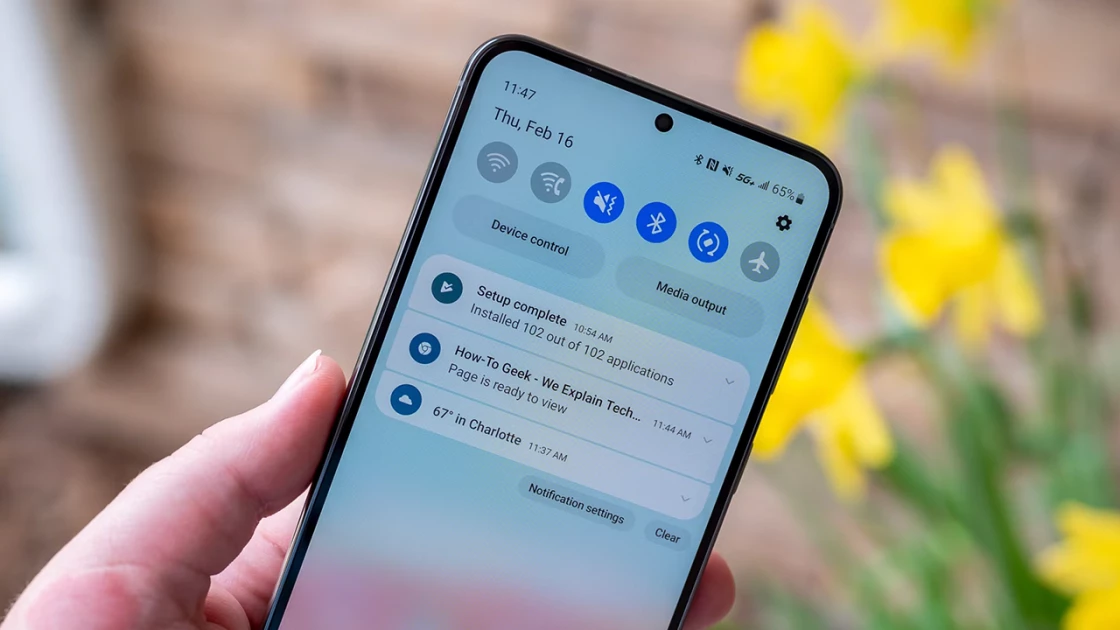
Are you planning on buying a helmet to wear on your head to look at alternate realities through tiny screens placed right in front of your eyes? What do you mean ‘yes’? Some of the world’s biggest companies have invested billions thinking you can’t wait. Or you’ll be looking forward to it soon, anyway. The other day, after years of hype and billions of dollars of investment, Apple unveiled the Vision Pro, a helmet Its own, it is similar in form and function to many others already on the market, but with some innovative new features that, when released in 2024, will cost $3,500 in the US.
“It is difficult to make predictions, especially about the future,” says a Danish proverb. However, for almost forty years now, many have been predicting the imminent arrival of the magical worlds of virtual reality, where we will all live fictional artificial lives. But forty years later, they were refuted. Virtual reality vision has been around since the 80’s, As we discussed in detail in the pasthas not been implemented yet.
As a concept that is talked about a lot and spread mainly because it is simple, tangible and well understood, by both technologists and science fiction writers and ordinary consumers. The idea that you can put on a simple pair of glasses (or even better, contact lenses) and through them see either other 3D worlds, just like real life, or additional images, information, and other digital artifacts projected in front of you as part of the real world is understandable and very nice. We’ve seen it in movies and can only imagine what it would look like. In practice, however, implementation proved very difficult. All attempts so far have come in the form of devices that look more like bulky helmets or plastic ski masks that few people want to wear on their heads often, or for extended periods of time. In many cases, the use of even the most modern and sophisticated devices causes dizziness or nausea. Their weight on the head makes their use inconvenient and unpleasant from a certain point on, while (perhaps more importantly) no “killer app” has been found, no app that makes these devices a necessary and integral part of our digital lives.
Many have been eagerly awaiting Apple’s entry into this space, as the company has a tradition of taking already existing ideas and technologies and repackaging them into very expensive, well-designed products that simply do their jobs more reliably and effectively than anything else. gone by. Smartphones existed before the iPhone, and personal computers existed before the Macintosh, but in many of these cases Apple products have been catalysts for the rapid development of entire classes of electronic gadgets.
But what happens when the category itself is something that doesn’t lend itself to much demolition?
VisionPro’s offering the other day isn’t glasses, nor anything radically different, special or pretty. It’s another VR helmet, which looks like a ski mask and is made of metal and glass (so it’s heavier than the competition). It sure has some great features. Its software, according to those who have tried it for a while, is very fast and well designed. One described the system’s speed and response as “magic.” It has cameras all around, looking out, down, out, back, and even in, recording what the user’s eyes are doing and where they’re looking (and what they look like). So it can show the user other 3D worlds, but it can also show them the space they are in at any given moment, as seen through the cameras. The screens display application icons, virtual “screens,” or the heads of the people the user is video calling with around the room the user is sitting in. Control is done by stare (the device understands where the user is looking), voice and fingers, which are constantly monitored by external cameras. The machine has a normal M2 processor, like the one found in the company’s more expensive laptops – so it’s a normal, fast laptop that you wear on your head.
But not all is well. As the journalists who tested it reported the other day, the device has such a weight that you feel it on your head from one point on (and, in one reporter’s case, it also left red marks on his forehead). Although special lenses are available (at an additional cost) for eyeglass wearers, they will not be available for all cases. The battery of this device is external, connected by cable to the helmet that sticks out and hangs unsightly at the back of the head, and lasts only two hours. Which is odd, since one of the simplest and most obvious uses for the device shown in the relevant promotional videos was sitting on the couch with helmet on and watching a movie on a huge virtual screen. Obviously, they mean movies under two hours in length – or maybe they expect you to plug that thing on your head all the time.
Of course, one of the answers to all these objections is that this device is a first attempt, a prototype, the first generation of a series of devices that will evolve and become better in the coming years. Its price, after all ($3,500!) suggests something like that. This is not a mass consumption product. However, they said exactly the same thing about the Google Glass I tried ten years ago (!), and they also told me the same thing about the Magic Leap I wore in 2018. It didn’t launch a second generation, it didn’t try to become a consumer product and now the company is trying to make helmets For use in special industrial applications. This time, however, it’s Apple, he says. it is different. Apple is better at these things. maybe.
But something else may also be true. As we found out in the corresponding Meta presentation in 2021 (remember all the fuss about the so-called “metaverse”?), these products give you the impression that they were designed by committees of aliens or technocrats disconnected from reality, trying to guess and imagine how people lived. Ordinary. Their presentations include sterile fictional scenarios for the hypothetical use of such devices, which bear little resemblance to the real life of ordinary people. It’s like they’re targeting the fictional characters they play in the commercials. In practice, they solve no problems and basically improve nothing. Likewise, they also have a major and crucial problem as things: VR glasses/masks/helmets are clearly lone products. By wearing it, you disconnect from the world around you in a more emphatic and subtle way than if you were simply looking at a parallelogram screen on a desk or in the palm of your hand. Is this what people need today? Can one imagine a couple at the end of the day sitting on the couch watching Ted Lasso, each wearing their own headphones? How about when they lean to the side to cuddle in a more comfortable position? Will they drop the helmets?
According to a recent European Commission survey, 13% of European citizens say they feel lonely “most of the time”. After the pandemic, and while political and other divisions have greatly eroded our societies, the bet, the pursuit, and the need for all has become more communication, more communication, more cooperation, solidarity, interaction, and dialogue. The better, lighter and more autonomous any future VisionPro 2, 4 or 12 (and since it’s been a long time, maybe more than a decade, from the point where all this could be done from a pair of lightweight glasses) will cocoon In it people will be invited to shut up, to do what they did on traditional flat screens, but now more on their own. Is this something people want to do? So far, this is not the case. Is it something that in the future will cease to seem so dystopian and eerie, as if it was taken from a Black Mirror dystopia? While I’m a fan of technology, gadgets, and most new things, I also think it’s not. To date, the vast majority of users of virtual reality devices have been playing with them for a while (mostly video games) and giving up. Is it something they will want to do in the future, in quarantine for upcoming epidemics, or locked in their homes while the air outside turns orange from the fallout from the fires? Who do you know.
However, at some point in Apple’s promotional video, where they were showing all the ways perfect families have clean, tidy, well-lit homes use VisionPro, a sight may have slipped from them, and it may have been inadvertently revealed to the excited public at the time what it really is. . It was a scene in a carefully decorated and clean sitting room, where a family was celebrating the birthday of one of three children. When one of them put out the candles, the other two sat down, and my mother sat next to him, but my father sat opposite. Wear the helmet. Its cameras recorded the scene in 3D video. Then the father, always wearing his helmet, filmed the children making bubbles. Then, the ad showed the father lying on the couch, re-watching beautiful family scenes in 3D, always wearing a helmet. By himself.

“Total alcohol fanatic. Coffee junkie. Amateur twitter evangelist. Wannabe zombie enthusiast.”





More Stories
Apple is gearing up for a partnership that could turn the iPhone upside down
Capcom is removing three of its games from Steam
YouTube is experimenting with showing ads while the video is paused – YouTube